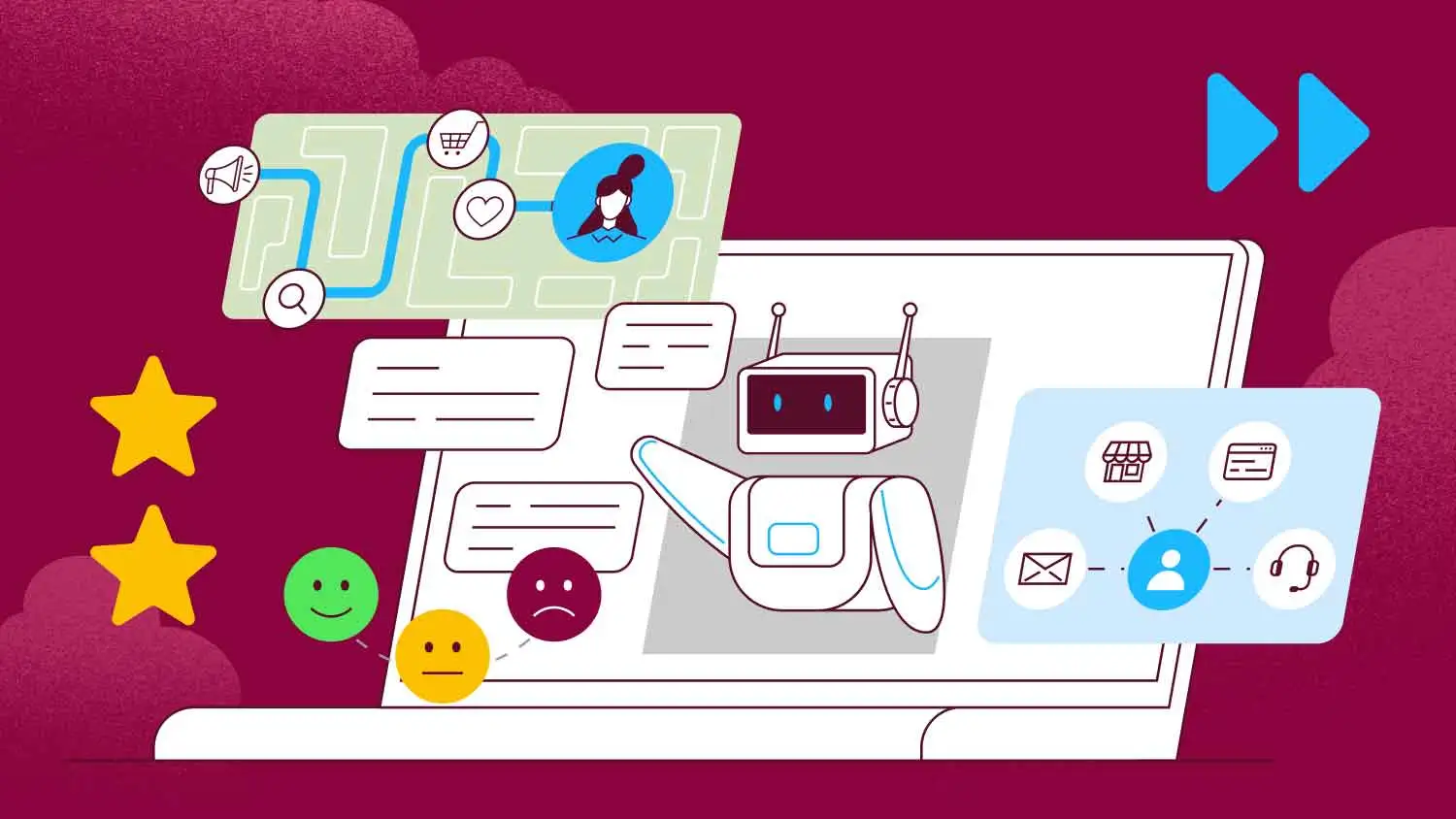The distinction between management and leadership has been debated for decades.
Great minds such as Warren Bennis, Stephen Covey, Grace Hopper, and John Kotter have argued that management and leadership are different. I've argued the difference, too.
Bennis: “Managers do things right, while leaders do the right things.”
Covey: “Leadership deals with direction. Management deals with speed.”
Hopper: “You manage things. You lead people.”
John Kotter of Harvard Business School put it this way:
I like Kotter's thinking. A defining distinction about leadership is its focus on change. After all, in the work-world, change is all around us.
As I've reflected on this idea over the years, I've come to realize the most effective leaders focus on creating change in four key ways.
Leaders change themselves
Psychologists tell us that we can't change who we fundamentally are – what we typically call our personalities.
You are who you are.
By age three.
That fact doesn't let us off the hook, however. Each of us may have a unique personality, yet each of us can also learn.
We can learn new ways of seeing the world – our mindsets – and we can learn new ways of operating in the world – our skill sets.
Ultimately, to be better leaders means we need to change our behaviors. We can learn and develop new habits of leadership behavior, even as we remain fundamentally who we are.
When we take the role of leader, a focus on behavior change is crucial.
Why? Because it's our behaviors that impact those we're striving to lead.
Consequently, those behaviors impact the results we get from them.
If you've ever had a boss who yelled...
or was never available...
or couldn't make a decision...
or didn't hold team members accountable for results, then you know what I mean.
Jim Kouzes and Barry Posner said, “Leadership development is self-development.” Growing as a leader, as with any role we play in life, requires us to continuously modify, adapt, learn, and experiment with new approaches to the situations and challenges we face.
Learning and changing are the only ways to become more effective in any role, including your leadership role.
What are you actively doing to change and develop your leadership behaviors, so you can be a more effective leader?
Leaders change others
Ok, I'm taking some latitude here; If you've ever been in a committed relationship, raised kids, coached a sports team, led a volunteer group, or even just lived with other human beings for any period – you know we can't actually change others, right?
How many therapists does it take to change a light bulb?
Just one, but the light bulb must want to change.
As before, we're not asking people to change who they fundamentally are. We can, however, ask them to change their behaviors. (Just like we might ask of ourselves.)
As leaders, we influence what our people do in their jobs and how they do it. Such influence is at the heart of the mission of leadership: To engage other people to deliver desired results. To achieve that mission, you must clearly define expectations for what and how people do their work.
Expectations are the rules of the game. They tell us what success looks like. But of course, you and your followers are not always in alignment about the “whats” and “hows” of their work. Sometimes people stray.
That's where you come in.
When people veer off path (assuming you've clearly defined the path), your job is to help them get back on the path.
Often, that means you must ask them to change their behaviors.
So, you do things like:
- refocus them on their roles and responsibilities.
- have conversations to clarify expectations.
- help them understand why certain behaviors are important.
- listen to their side of the story to understand their perspectives and challenges.
Then, you ask for adjustments.
You ask people to change what they're doing and how they're doing it, so you can all be aligned around the expectations, goals and direction of the team.
Where are your current opportunities to clarify expectations and ask others to change what they're doing?
Leaders change the work environment
Asking your people to change is only part of the story. Sometimes, as we said, you need to change. And sometimes you need to change the environment.
It has been estimated that 75 percent of an employee's peak performance is predicated on environmental factors, more than by their own internal drivers and abilities.
As leaders, then, we are “climate creators.” We create the climate or environment in which the team performs, so we continuously need to look for ways to alter the workplace environment so that it's conducive to people doing their best work.
Here's a quick tip: When thinking “environment,” think resources and obstacles.
For example, do you ensure that your people have the resources they need to be effective?
Resources include supplies, tools, equipment, information, physical space, time. Gallup has found that having the right resources is crucial to employee engagement.
You, as the boss, are a resource, too. Are you making yourself available to your people when they need you?
Also, think about the obstacles that are in the way for your team. You need to remove them.
Obstacles come in many forms. Here are just a few examples I've heard from clients:
- A team member is having trouble getting needed information from another department.
- A team member is having trouble garnering cooperation from another area of the business because of competing goals or objectives.
- A team member is struggling with a conflict with someone else on the team.
- A team member is struggling with too many deadlines all at once.
- A team member is having trouble organizing multiple priorities.
- A team member is lacking knowledge and experience in a key performance area.
In these and other cases, you may need to intervene in some way to remove the obstacles. Or, you may need to coach team members on strategies for removing or working around the obstacles themselves.
Before you can do either, however, you need to understand what your people are facing. Don't assume. You're likely to miss something crucial.
Develop the habit of routinely asking your people questions like:
What resources are missing for you that could help in your work?
What obstacles are you encountering that I might be able to help with?
Leaders change the way we do what we do
This fourth area of change is about changing the systems, processes, and procedures your team uses to do its work.
Our human tendency, when people don't perform the way we want, is to assume there's something wrong with the person.
This tendency comes from a cognitive bias called fundamental attribution error. It's an important bias for you to be aware of and learn about because it tends to drive leaders to think, mistakenly, that every problem is a “people problem.”
Such a bias is faulty in part because organizations are systems. There are a lot of inputs and moving parts that contribute to (or detract from) people's ability to perform. Often, the processes we use and rely on need to be tweaked to enable people to do their best work.



-p-1600.webp)

